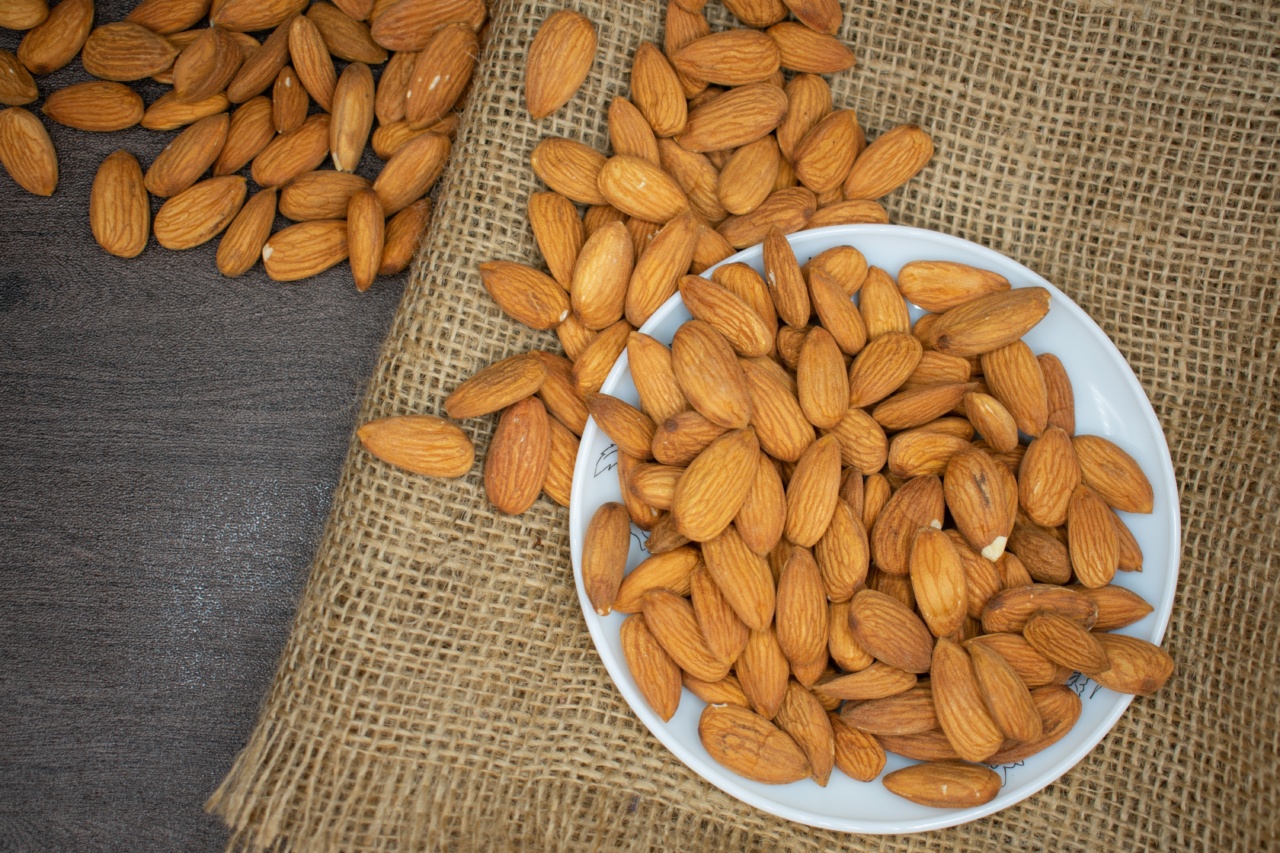When it comes to sources of protein, most people automatically think of meat, eggs, and dairy. However, there is one group of foods that is often overlooked when it comes to protein content – legumes.
Legumes are a family of plants that includes beans, lentils, peas, and peanuts. These humble little foods may not get much attention, but they are actually one of the best sources of protein available, and can be a valuable addition to any diet.
What Are Legumes?
Legumes are plants that produce seeds within a pod. They are classified as a type of vegetable, but are often used as a source of protein in vegetarian and vegan diets. Some common types of legumes include:.
- Black beans
- Chickpeas
- Lentils
- Navy beans
- Peanuts
- Pinto beans
- Soybeans
The Protein Content of Legumes
Perhaps the most surprising thing about legumes is their protein content. As a general rule, most legumes contain around 15-20 grams of protein per 100 grams of cooked product.
This makes them an excellent source of protein for vegetarians and vegans, as well as for anyone looking to reduce their intake of animal products.
But it’s not just the quantity of protein that makes legumes so valuable – it’s the quality, too.
Legumes are considered to be a “complete” protein source, meaning that they contain all nine of the essential amino acids that our bodies need to function properly. Many plant-based protein sources are incomplete, meaning that they lack one or more of these essential amino acids. This makes legumes a great choice for anyone looking to increase their protein intake without relying solely on meat and dairy products.
The Health Benefits of Legumes
In addition to their high protein content, legumes offer a number of other health benefits as well. Here are just a few:.
- Rich in fiber: Legumes are an excellent source of dietary fiber, which can help to reduce cholesterol levels, control blood sugar, and improve digestive health.
- Low in fat: Most legumes are low in fat, making them a great choice for anyone looking to maintain a healthy weight.
- Packed with vitamins and minerals: Legumes are a good source of several important vitamins and minerals, including iron, potassium, and folate.
- May reduce the risk of heart disease: Studies have shown that diets rich in legumes may help to lower the risk of heart disease.
- May help to regulate blood sugar: The high fiber content of legumes can help to regulate blood sugar levels, making them a good choice for people with diabetes.
How to Incorporate Legumes into Your Diet
If you’re not used to eating legumes, it can be a bit intimidating to know where to start. Here are a few tips:.
- Try different types: There are dozens of varieties of legumes out there, so don’t be afraid to experiment. Black beans, chickpeas, and lentils are all good options to start with.
- Use them as a meat substitute: Legumes can be used as a meat substitute in many dishes, such as chili, tacos, and burgers.
- Add them to salads: Adding legumes to salads is a great way to boost the protein content of your meal. Try adding chickpeas or black beans to your next salad.
- Make a dip: Hummus, made from chickpeas, is a delicious and healthy dip that can be used as a spread on sandwiches or as a dip for vegetables.
- Include them in soups and stews: Legumes are a great addition to soups and stews, adding both protein and flavor.
Cooking Legumes
Cooking legumes can seem daunting, but it’s actually quite simple. Here are some basic instructions for cooking some of the most common legumes:.
: Black beans
Soak overnight, then boil for 1-2 hours until tender.
: Chickpeas
Soak overnight, then boil for 1-2 hours until tender.
: Lentils
No soaking required – simply boil for 20-30 minutes until tender.
: Navy beans
Soak overnight, then boil for 1-2 hours until tender.
: Peanuts
Roast in the oven at 350°F for 10-15 minutes, or until golden brown.
: Pinto beans
Soak overnight, then boil for 1-2 hours until tender.
: Soybeans
Soak overnight, then boil for 3-4 hours until tender.
Conclusion
Legumes may not be the most glamorous food group, but they are certainly one of the healthiest. As a rich source of protein, fiber, and vitamins and minerals, legumes offer countless health benefits and are a valuable addition to any diet.
So why not rediscover these humble little foods and start incorporating them into your meals today?.


























